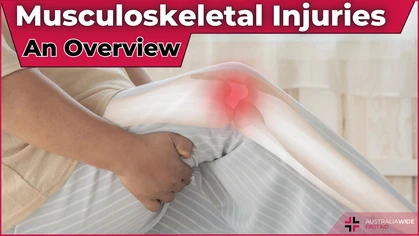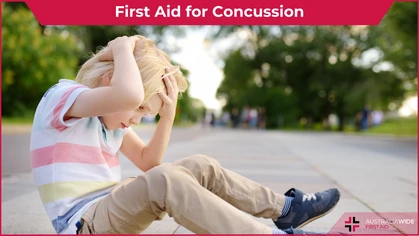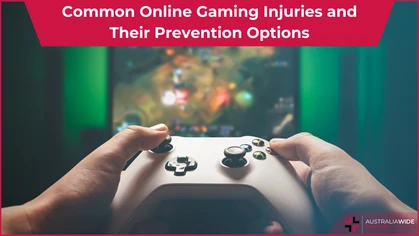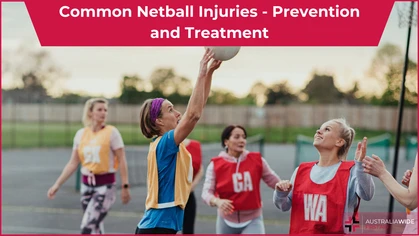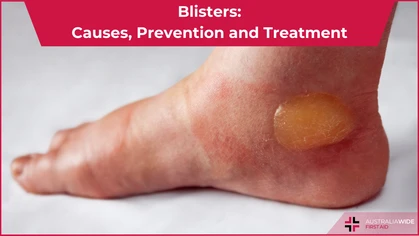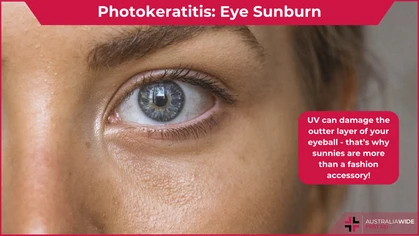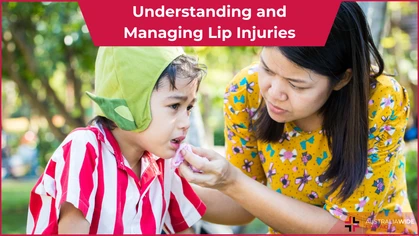First Aid for Bird Scratches and Bites

Injury
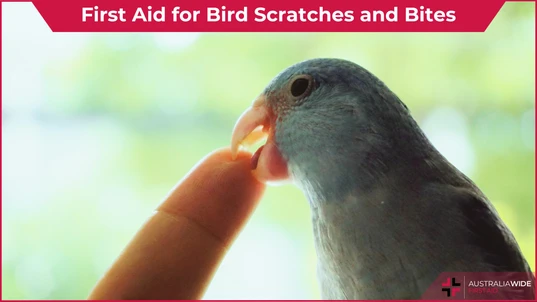 Bird-related injuries, such as scratches and bites, may not be as common as injuries from other animals, but they can still pose risks of infection and discomfort.
Whether you're a bird owner, wildlife enthusiast, or simply someone who enjoys spending time outdoors, knowing how to administer first aid for bird-related injuries is essential.
This article will guide you through the appropriate steps to treat scratches and bites caused by birds.
Bird-related injuries, such as scratches and bites, may not be as common as injuries from other animals, but they can still pose risks of infection and discomfort.
Whether you're a bird owner, wildlife enthusiast, or simply someone who enjoys spending time outdoors, knowing how to administer first aid for bird-related injuries is essential.
This article will guide you through the appropriate steps to treat scratches and bites caused by birds.
Can You Get Sick from a Bird Bite or Scratch?
Yes, wild birds can potentially transmit diseases to humans through scratches or bites, although the risk is generally low. The transmission of diseases from birds to humans is known as zoonotic transmission. While many birds carry diseases, the likelihood of contracting an illness from a wild bird bite or scratch depends on various factors, including the specific bird species, the individual's immune system, and the presence of any pre-existing health conditions. Some of the potential diseases that can be transmitted from birds to humans include:- Salmonellosis: Wild birds, particularly songbirds, can carry Salmonella bacteria. Contact with infected birds or their droppings can lead to Salmonella infection in humans.
- Psittacosis (Ornithosis): This bacterial infection is caused by Chlamydia psittaci, and it can be transmitted to humans through the inhalation of dried bird droppings or respiratory secretions.
- Cryptococcosis: This fungal infection is most prevalent in areas with large pigeon populations. The fungus can be inhaled in areas covered with pigeon droppings.
- Avian Influenza (Bird Flu): While the risk of direct transmission from wild birds to humans is low, certain strains of avian influenza viruses can potentially infect humans, especially those in close contact with infected birds.
Avoiding Illness When Injured by a Bird
It's important to note that most bird bites and scratches do not result in disease transmission, and the vast majority of interactions with wild birds do not pose a health risk. However, to minimize the risk of disease transmission, everyone should take precautions when handling or caring for birds, whether they are wild or domesticated.- Minimize direct contact with wild birds, especially if they appear sick or exhibit unusual behaviour.
- Wear gloves and other protective gear when handling birds, cleaning cages, or working in areas where bird droppings are present.
- Wash hands thoroughly with soap and water after handling birds, cleaning cages, or coming into contact with bird droppings.
- Do not approach or attempt to handle wild birds unless absolutely necessary, and seek professional help if dealing with injured or sick birds.
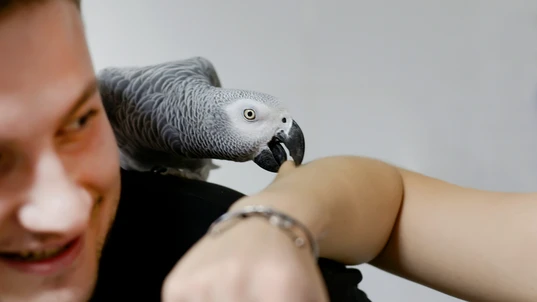
First Aid for Bird Scratches and Bird Bites
The first aid procedures for scratches or bites from birds are the same. In fact, it’s a procedure that you would use for most minor scratches and wounds. Control Bleeding If a bird bites or scratches you and breaks the skin, start by controlling any bleeding. Use a clean cloth or sterile gauze to apply gentle pressure to the wound. Clean the Wound The next step is to clean the wound thoroughly with mild soap and warm water. Use a gentle, non-alcoholic antiseptic solution to reduce the risk of infection. Pat the area dry with a clean, sterile cloth. Antiseptic creams aren’t needed. In fact, they may delay the healing process. If you suspect that you need to use an antiseptic or antibiotic topical treatment, consult with your health care provider first. Cover with a Sterile Bandage If the scratch is deep or in an area prone to dirt and debris, cover it with a sterile bandage. The point of this is to keep the wound moist, which helps with the healing process. Change the bandage regularly to ensure cleanliness and to promote proper healing. If you cannot apply a sterile dressing to the area, for example if the wound is on your scalp, focus on keeping it clean and dry. Monitor for Signs of Infection Keep a close eye on the scratch or bite wound for any signs of infection. This may be indicated by localised redness or swelling, or a discharge coming from the wound site. If these symptoms persist or worsen, seek medical attention promptly. If you become ill in any other way soon after a scratch or bite from a bird, such as a fever or flu-like symptoms, mention the injury to your health care provider. They may wish to test for the aforementioned illnesses that can be sustained from a bird scratch or bite.Conclusion
Being aware of proper first aid measures for bird-related injuries is essential for anyone who interacts with birds, whether they are pets or wild animals. Quick and appropriate action can significantly reduce the risk of infection and promote a speedier recovery. If in doubt or if the injury appears severe, always consult with a healthcare professional for guidance and treatment.
Originally published at
https://www.australiawidefirstaid.com.au/resources/first-aid-for-bird-scratches-and-bites
as part of the Australia Wide First Aid Articles Library

